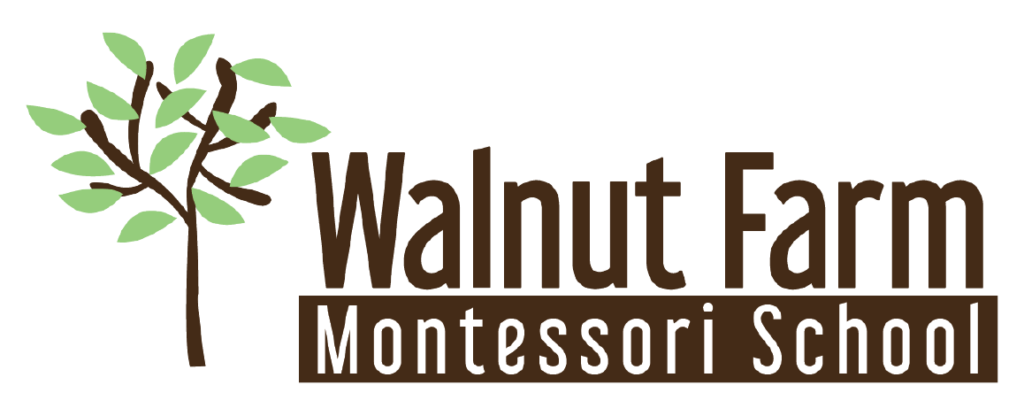Practicing Presence with Elementary Students
By Mary Donahoe
January takes its name from the Roman god Janus, the god of “gateways and beginnings.” It naturally follows that each New Year is an opportunity for us to reflect upon our past and explore the idea of endings and beginnings. What were the peaks and valleys? What am I grateful for? What do I want to continue in the New Year? What can be better? What kind of goals can I set to better myself?
During our staff professional development with Marta Donahoe, we discussed a word that would be our focus this year. A very wise toddler teacher (Kendyll Murray) shared that her word for the year is “presence.” I loved it and decided that would be my focus for 2019 as well! I am striving to be present in each moment, rather than anticipating the next. Marta Donahoe shared many ways that we can be more present in each moment of our lives, especially when this is the most difficult, like when faced with stress or conflict. Many of her communication techniques can be applied to either children or adults. I am going to share some of my favorites with you today.
Mindful Communication
There are 3 parts to mindful communication: Presence, Listening and Speaking
To practice being present, talk with your child about being aware of her body. This can be helpful, especially in times of stress. Simple questions can help children become more grounded. “Where do you feel your feelings in your body?” “What is your breath like right now?” “Is it slow and calm or fast and shallow?” Helping children be aware of their bodies can help them be more present in the moment.
When listening to a child, especially when they are opening up about a conflict, try letting them speak without interruption or help. While it seems simple, this can be a difficult task! Listening without agreeing, commenting or trying to fix the problem for them is an important part of communication.
After listening to a problem, speaking back in a mindful way can help you understand what the child’s need is. Reflect back about what you think is the most important part of the issue and confirm with your child “It sounds like you want…” “Is this what matters to you…?” “Is that right?”
With good intentions, we sometimes have the habit of trying to solve children’s problems for them. However, sometimes being present, listening and acknowledging your child’s feelings is all they need.
Awareness Wheel
The awareness wheel is a great tool for children to use when working through an issue. Marta brought a round plastic tablecloth with the word Issue in the middle. Around this issue are 5 different sections: Facts, Thoughts, Feelings, Desires and Actions. The child may speak to their issue, then the adult uses guiding questions as the child walks to each section of the wheel. The action of walking while simultaneously talking through a problem is an effective tool for children to practice being grounded and present during communication.
I have already been able to use many of these techniques with children in the classroom! It has helped me be a more effective listener and peaceful mediator for children. I am looking forward to incorporating more of Marta’s ideas for communication in the future. I hope you found these ideas helpful as well!

